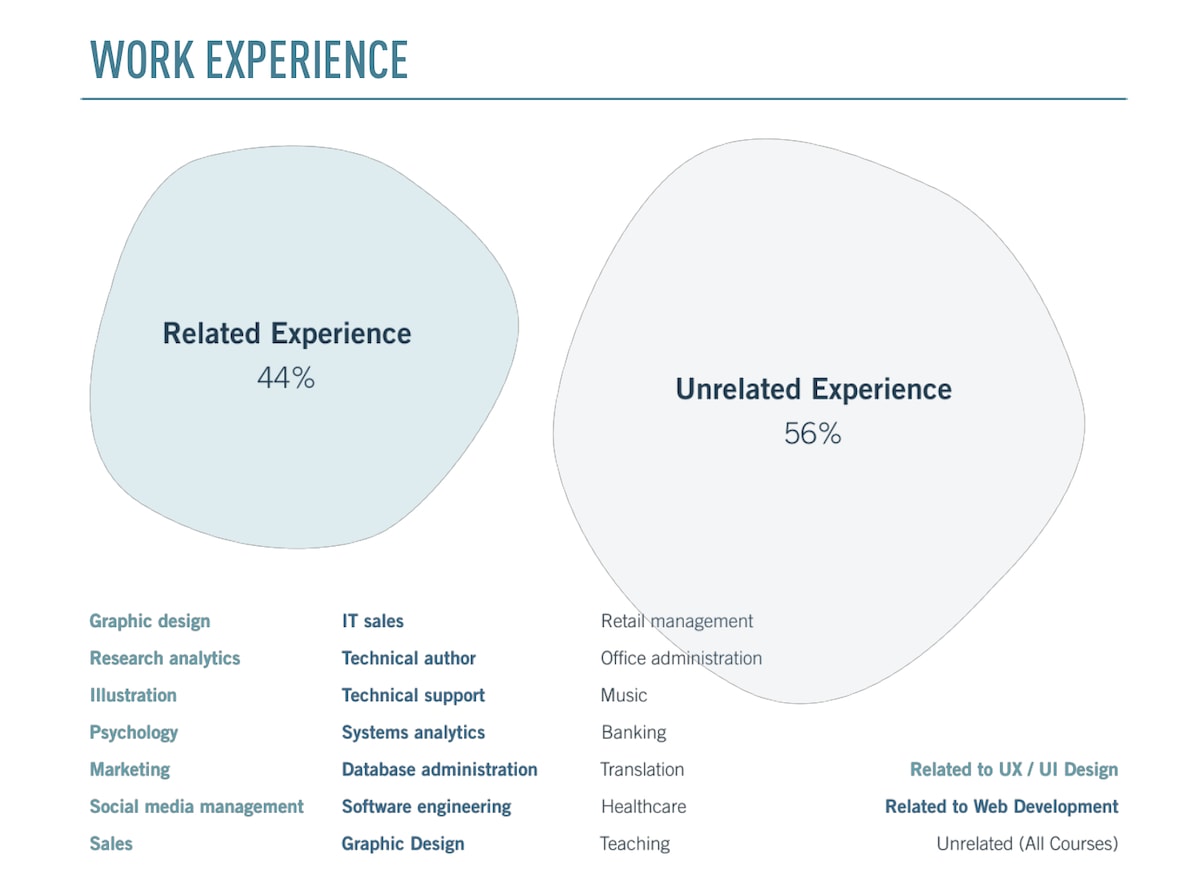User Experience (UX) design has become an integral part of the tech and design industries. As technology continues to evolve, the demand for skilled UX designers is on the rise. In this blog post, we’ll delve into what it takes to become a UX designer, the essential skills you need to succeed in this field, and the career path you can follow to achieve your goals.
What is UX Design?
Before we jump into the skills and career path, let’s first clarify what UX design is all about. UX design, short for User Experience design, focuses on creating products, websites, and applications that are not only visually appealing but also user-friendly and intuitive.
UX designers work on the overall experience that a user has while interacting with a product. This includes everything from the layout and navigation to the content and functionality. In essence, their goal is to ensure that users have a seamless and enjoyable experience.
Essential Skills for a UX Designer
Becoming a successful UX designer requires a diverse skill set. Here are some of the key skills you’ll need to develop:
- User Research
One of the fundamental aspects of UX design is understanding your target audience. This involves conducting user research to gather insights into user behavior, preferences, and pain points. Through techniques like surveys, interviews, and usability testing, you’ll learn what users want and need from your product. - Wireframing and Prototyping
Once you have a clear understanding of your users, you’ll need to create wireframes and prototypes. Wireframes are like blueprints for your design, outlining the basic structure and layout. Prototypes, on the other hand, are interactive mock-ups that allow you to test and refine your design concepts. - Information Architecture
Information architecture involves organizing and structuring the content within your product. It’s about creating a logical flow and hierarchy that makes it easy for users to find what they’re looking for. Good information architecture is essential for a user-friendly experience. - Interaction Design
Interaction design focuses on how users interact with your product. It involves designing intuitive and efficient interactions, such as buttons, menus, and navigation elements. Interaction designers aim to create a smooth and responsive user interface. - Visual Design
While UX design is primarily concerned with usability, visual design plays a crucial role in aesthetics and brand identity. Visual designers work on color schemes, typography, and imagery to create a visually appealing and cohesive design. - Prototyping Tools
To bring your designs to life, you’ll need to become proficient in various prototyping tools like Adobe XD, Sketch, or Figma. These tools allow you to create interactive prototypes that simulate the user experience. - Coding Skills
While not always required, having a basic understanding of HTML, CSS, and JavaScript can be beneficial for a UX designer. It enables you to communicate effectively with developers and understand the technical limitations of your designs. - Communication and Collaboration
Effective communication is essential in UX design, as you’ll often collaborate with cross-functional teams, including developers, product managers, and marketers. You need to articulate your design decisions clearly and be open to feedback.
The Career Path of a UX Designer
Now that you know the essential skills, let’s explore the typical career path of a UX designer:
- Education
Many UX designers start by obtaining a bachelor’s degree in a related field, such as graphic design, psychology, or computer science. However, formal education isn’t always a requirement, and some designers enter the field with self-taught skills and a strong portfolio. - Building a Portfolio
Regardless of your educational background, having a strong portfolio is crucial in UX design. Your portfolio should showcase your best work, including real-world projects and personal projects that demonstrate your skills and creativity. - Entry-Level Positions
After building your portfolio, you can start applying for entry-level positions, such as UX researcher, UX designer, or junior interaction designer. These roles will give you valuable hands-on experience and the opportunity to learn from more experienced designers. - Mid-Level Roles
As you gain experience and refine your skills, you can progress to mid-level roles, such as senior UX designer or interaction designer. In these positions, you’ll take on more responsibility and often lead design projects. - Specialization
Some UX designers choose to specialize in a particular area, such as mobile app design, e-commerce, or healthcare. Specialization can open up niche opportunities and make you an expert in your chosen field. - Leadership Roles
With years of experience, some UX designers move into leadership roles, such as UX manager or director of user experience. In these positions, you’ll oversee design teams, set design strategies, and influence the overall user experience of a company’s products.
Conclusion
Becoming a UX designer is a rewarding journey that combines creativity, problem-solving, and technology. By developing the essential skills and following a well-defined career path, you can embark on a successful and fulfilling career in UX design. Remember that the field is constantly evolving, so staying updated with the latest design trends and technologies is key to long-term success. Whether you’re just starting or looking to advance your UX design career, the possibilities are endless in this dynamic and ever-growing field.



